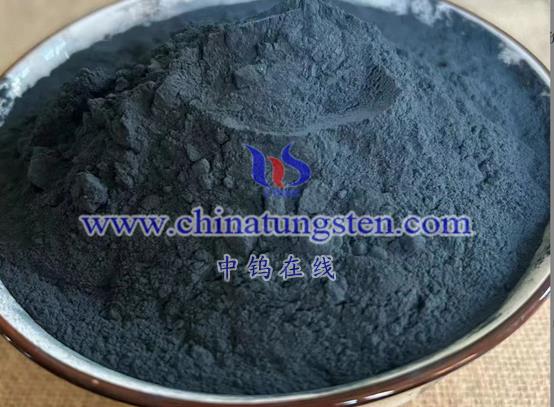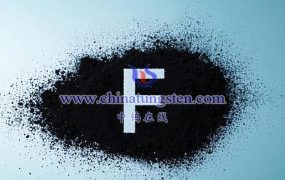
Cesium tungsten bronze infrared absorbers (commonly referring to nano cesium tungsten bronze powder, CTO) demonstrate excellent performance in various fields. However, they also have certain drawbacks. Below is an overview of the main disadvantages:
- Poor Dispersion Stability
Issue:
Cesium tungsten bronze nanoparticles exhibit poor dispersion stability in physiological and quasi-physiological environments. In specific application scenarios, such as photothermal therapy in the biomedical field, the nanoparticles tend to aggregate, which affects their performance.
Solution:
Surface modification methods, such as electrostatic layer-by-layer self-assembly, can be employed to enhance stability. For example, wrapping the particles with polyelectrolytes can improve their dispersion stability.
- Lack of Active Targeting Ability
Issue:
Cesium tungsten bronze nanoparticles lack active targeting capability for specific tissues, such as tumors, limiting their applications in precision medicine.
Solution:
Active targeting capabilities can be introduced through surface modifications. For instance, decorating the nanoparticles with specific molecules (like CRGDK peptides) can allow them to reach target tissues more accurately.
- Limited Photodynamic Therapy Effectiveness
Issue:
In hypoxic environments, using cesium tungsten bronze as a therapeutic agent alone results in limited photodynamic therapy (PDT) efficacy. This is because PDT relies on oxygen, and hypoxic conditions reduce its effectiveness.
Solution:
Encapsulation of cesium tungsten bronze with biocompatible oxygen-carrying materials, such as perfluoro-15-crown-5-ether (PFC), can enhance photodynamic therapeutic effects under hypoxic conditions.
- High Production Costs
Issue:
Despite its superior performance, the production cost of cesium tungsten bronze infrared absorbers is relatively high, which limits its competitiveness for large-scale production and widespread applications.
Solution:
Production costs can be reduced by optimizing manufacturing processes and improving efficiency. Additionally, exploring alternative low-cost materials or technologies may provide viable substitutes.
- Environmental Impact
Issue:
The production and use of cesium tungsten bronze may have environmental impacts, such as wastewater and gas emissions.
Solution:
Implementing environmental protection measures, such as constructing wastewater treatment facilities and controlling gas emissions, can mitigate these effects. Research into more eco-friendly production processes and alternative materials should also be prioritized.
Conclusion
While cesium tungsten bronze infrared absorbers face challenges in dispersion stability, active targeting, photodynamic therapy effectiveness, production costs, and environmental impact, scientific research and technological innovations can address these limitations. Overcoming these challenges will promote broader applications and further development of cesium tungsten bronze in various fields.
More details of tungsten oxide product, please visit website: tungsten-oxide.com
Please contact CHINATUNGSTEN for inquiry and order of tungsten oxide:
Email: sales@chinatungsten.com
Tel.: 86 592 5129595






